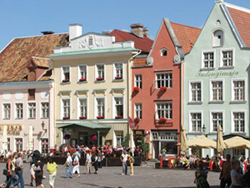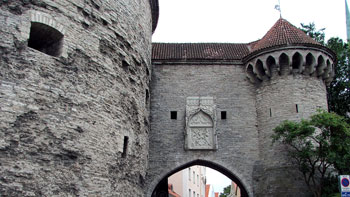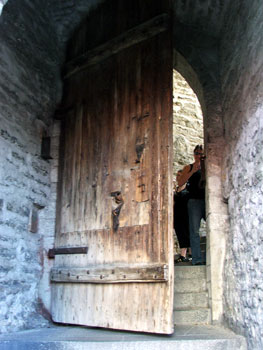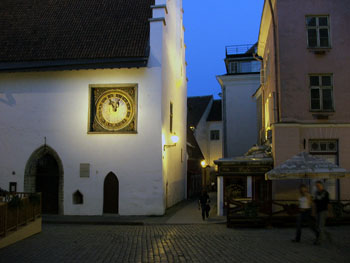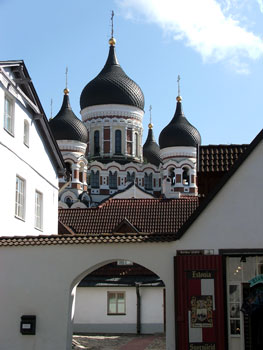 |
 |
 |
Weather didn't allow us to sail to Tallinn, but it's a short ferry ride from Helsinki, Finland, so that's how we got there. Tallinn is the capital of Estonia, a place that's been under the control of Denmark, Sweden, Germany, and Russia during most of its history. Estonia got its independence from the Soviet Union in 1991, and joined the European Union in 2004.
